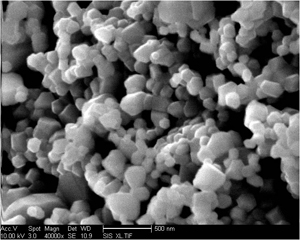Google, Apple, Microsoft and Mozilla team up to create faster browsers
Engineers at Google, Apple, Microsoft and Mozilla are partnering to create WebAssembly (a.k.a wasm), a bytecode for use in the browsers of the future that promises up to 20 times faster performance. WebAssembly is a project to create a new bytecode (a machine-readable instruction set that’s quicker for browsers to load than high-level languages) that’s more efficient for both desktop and mobile browsers to parse than the full source code of a Web page or app.


